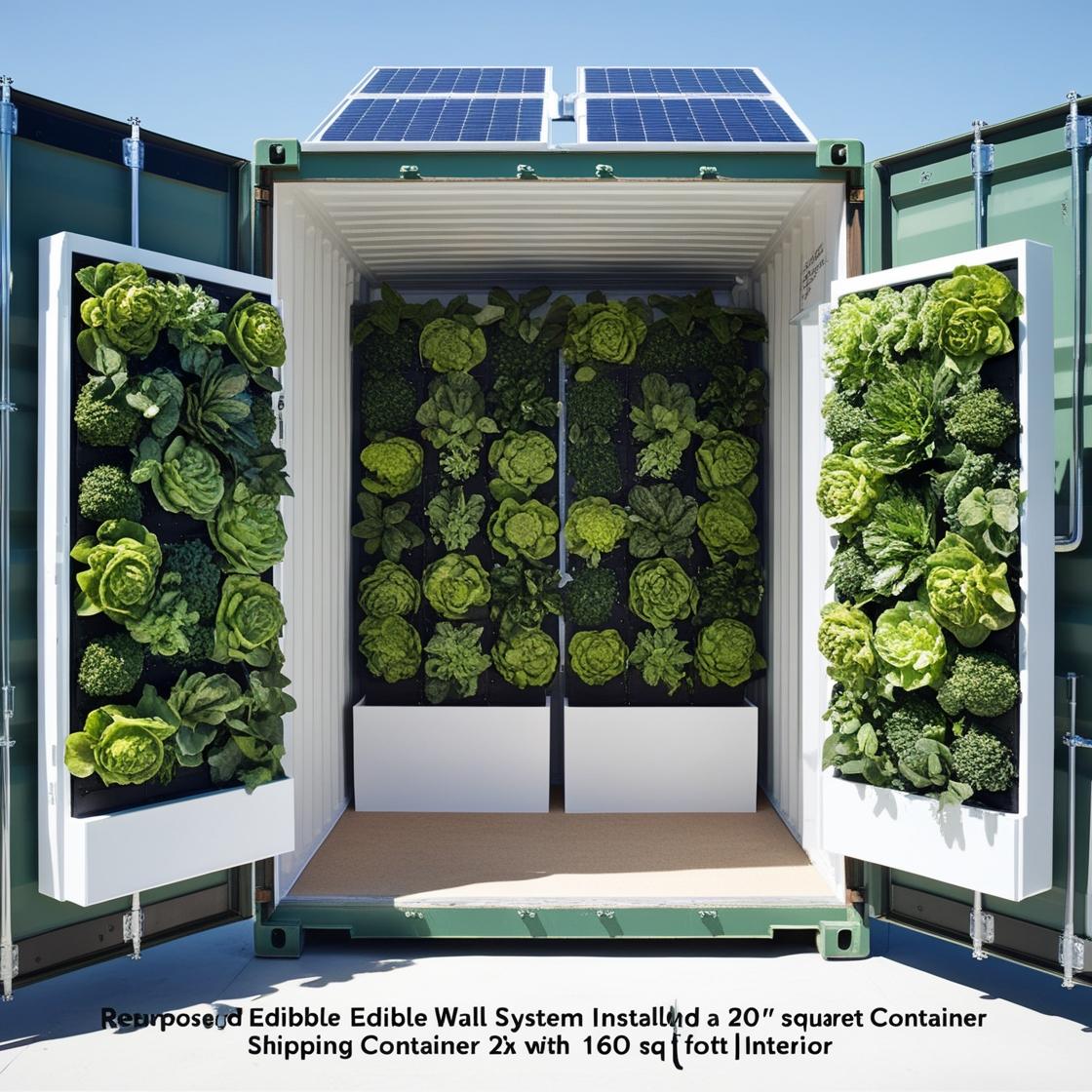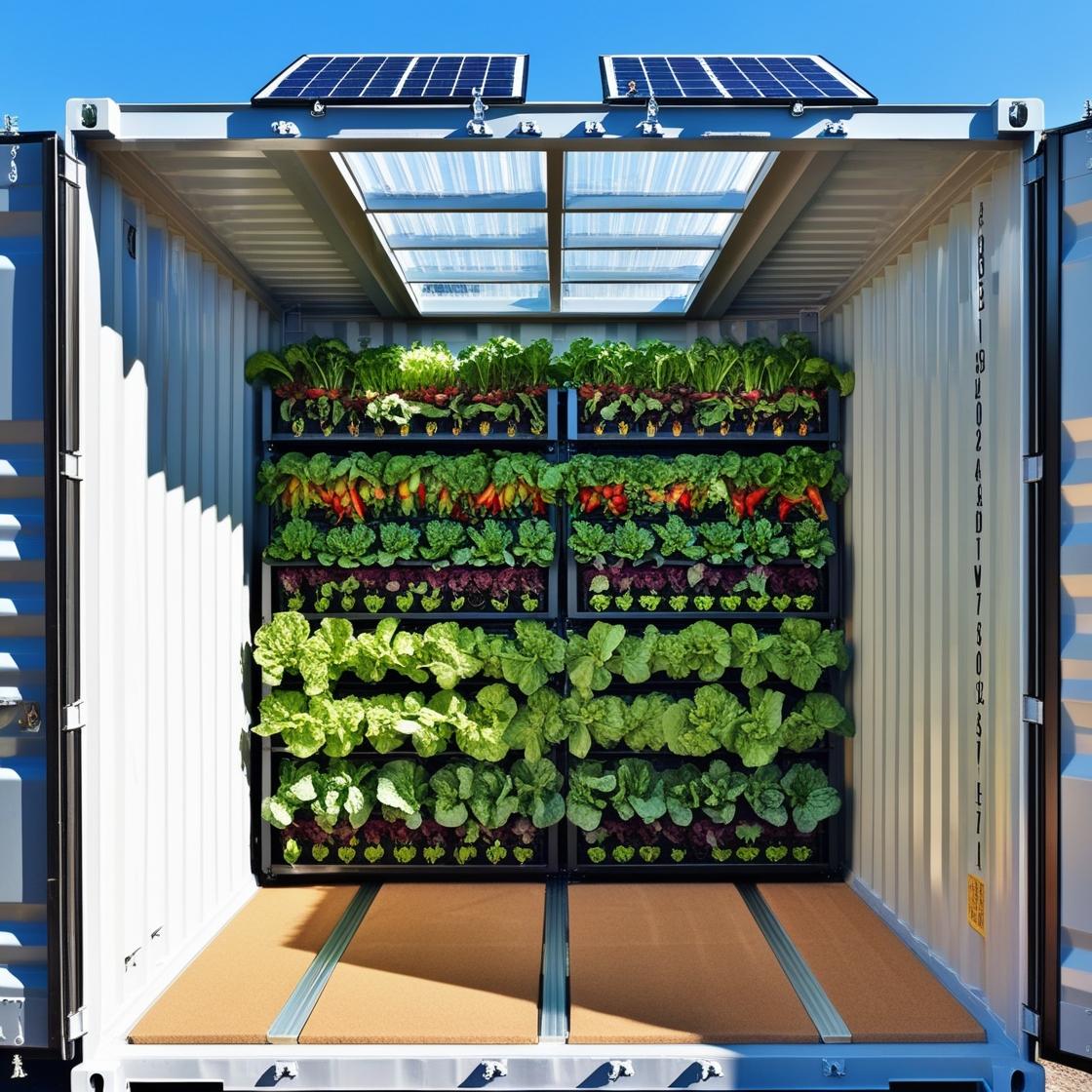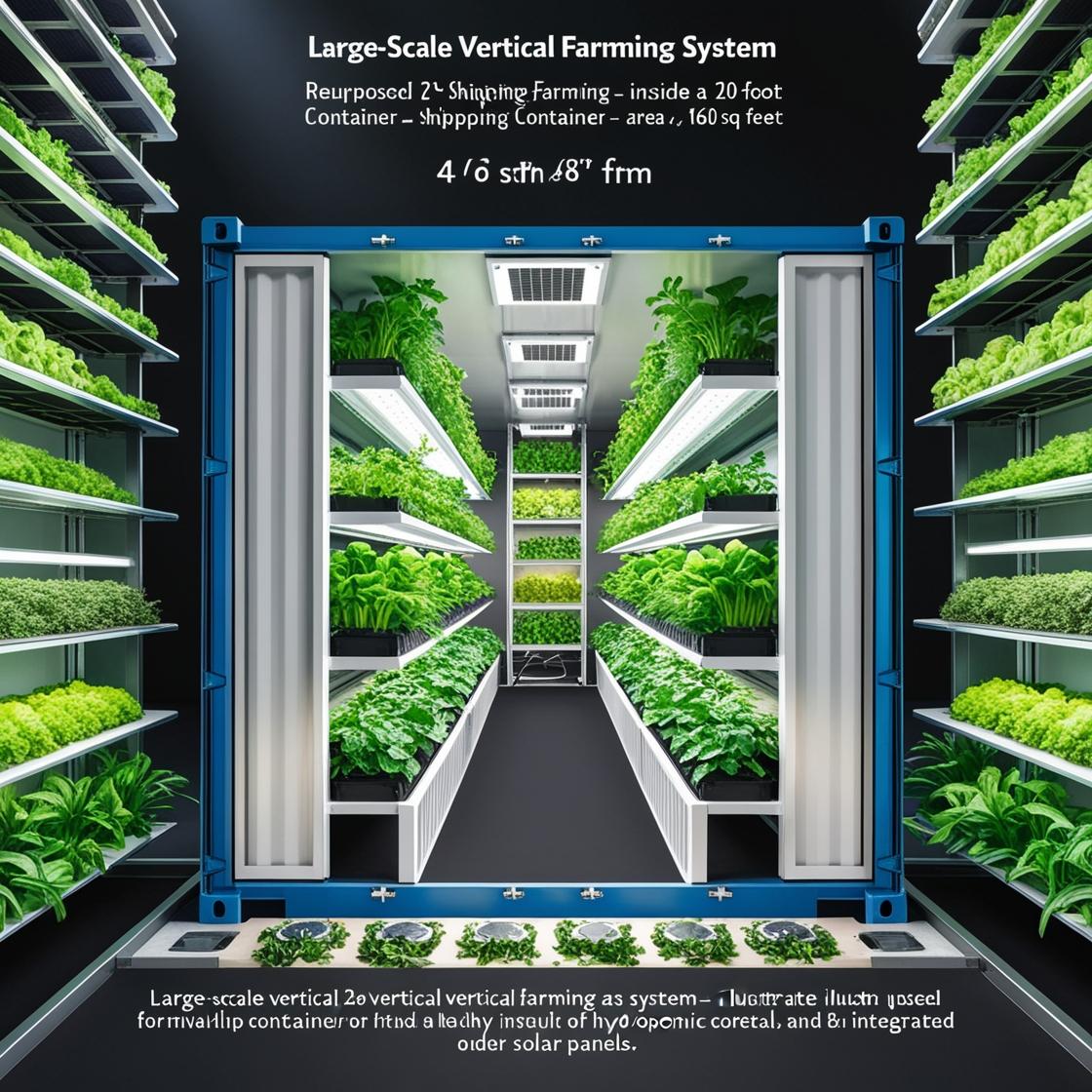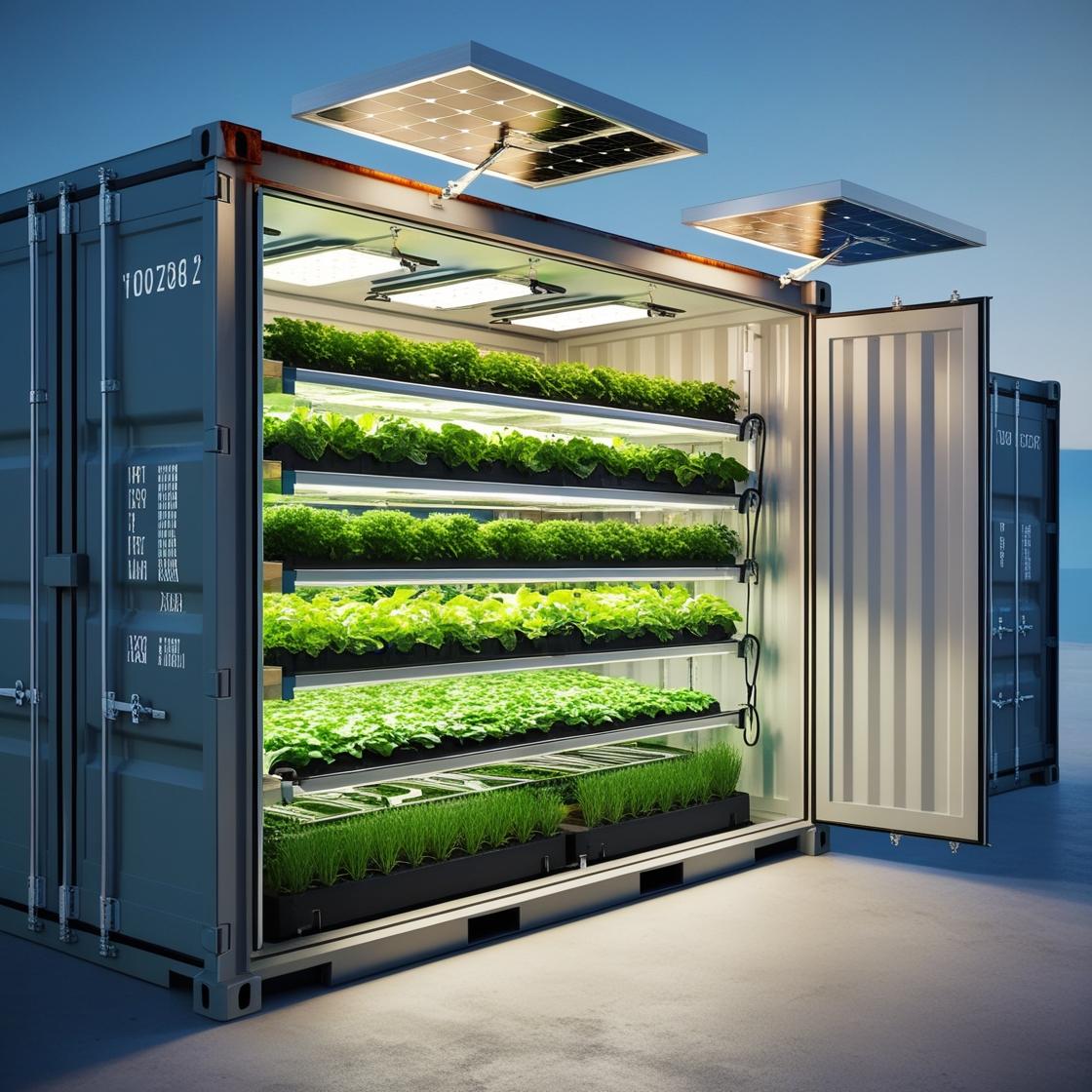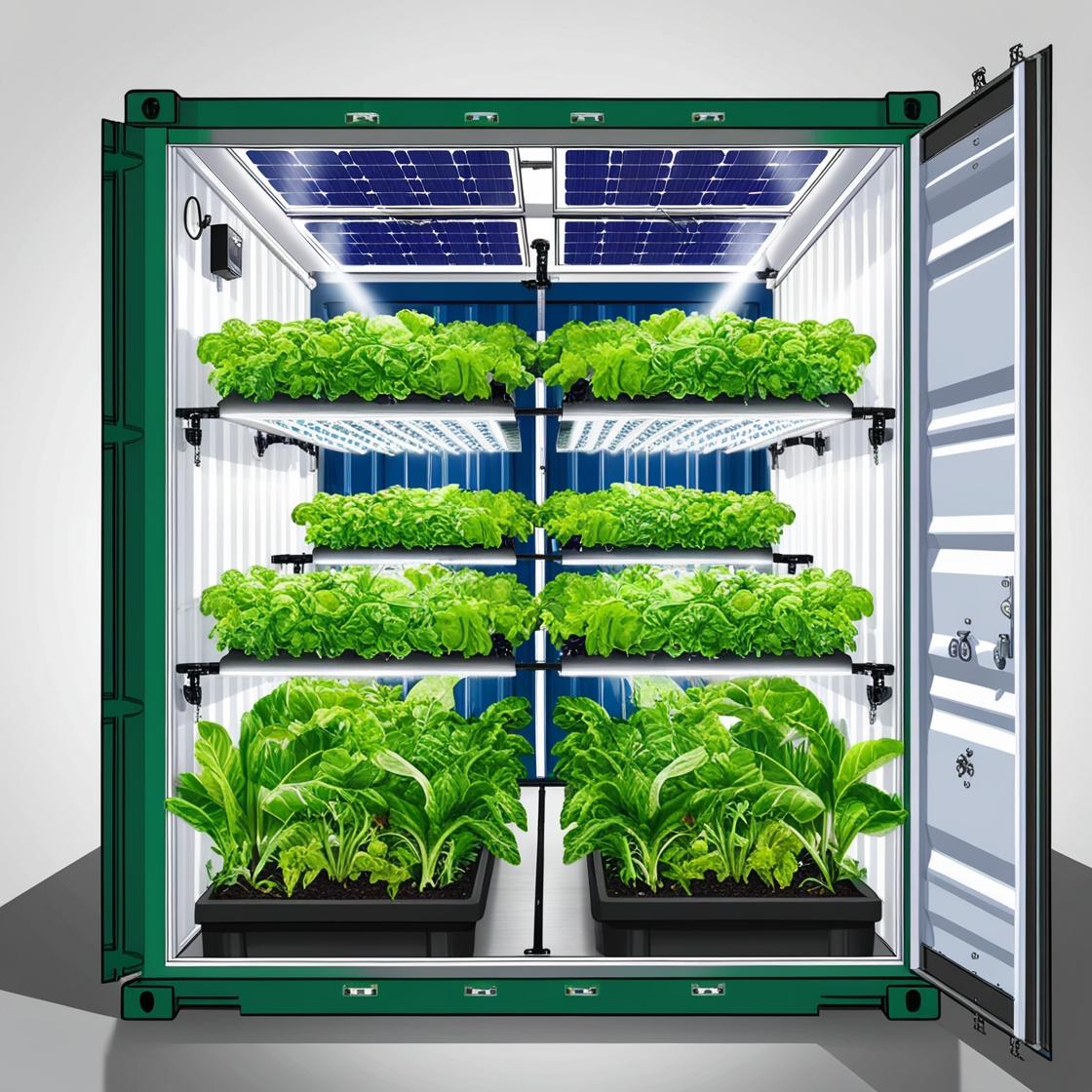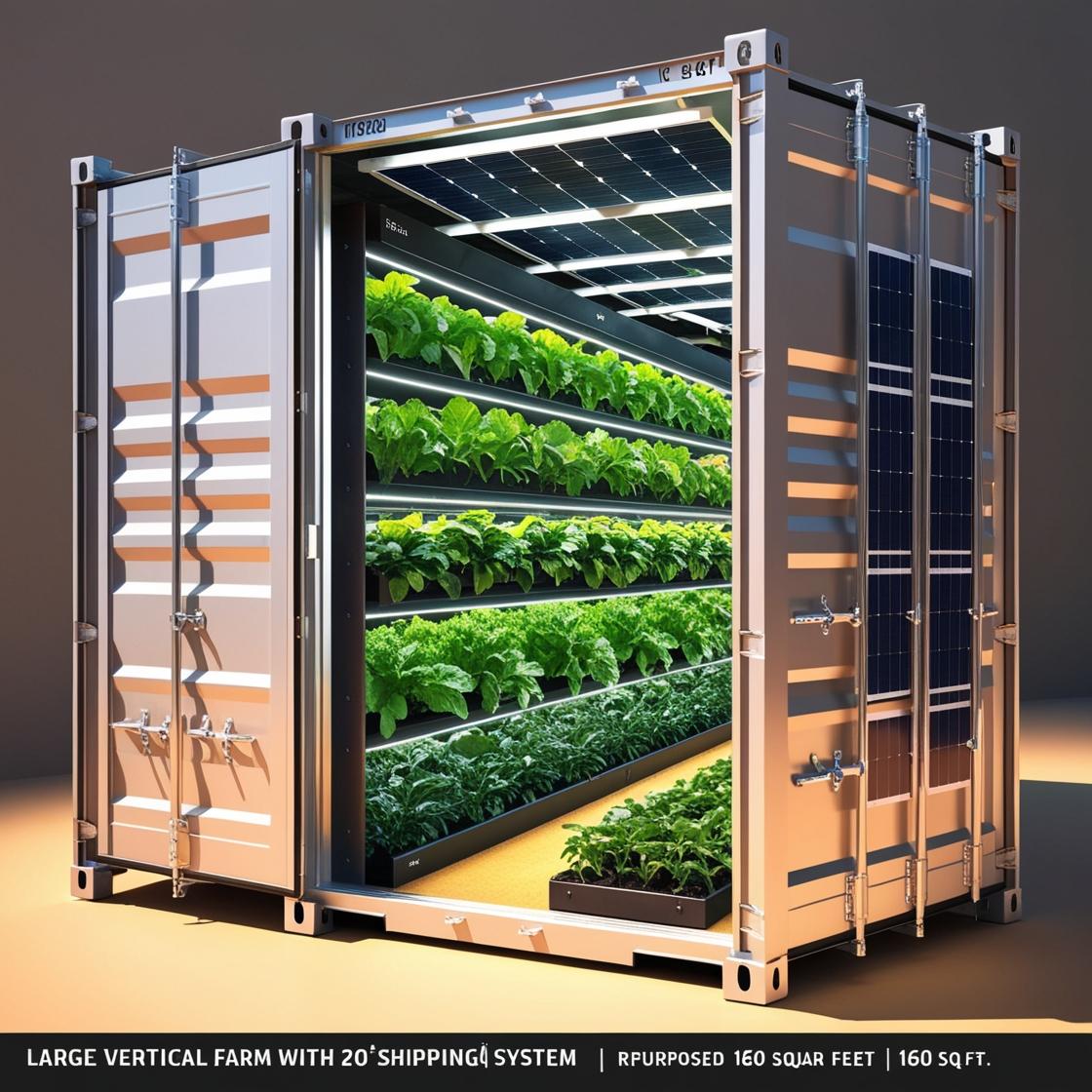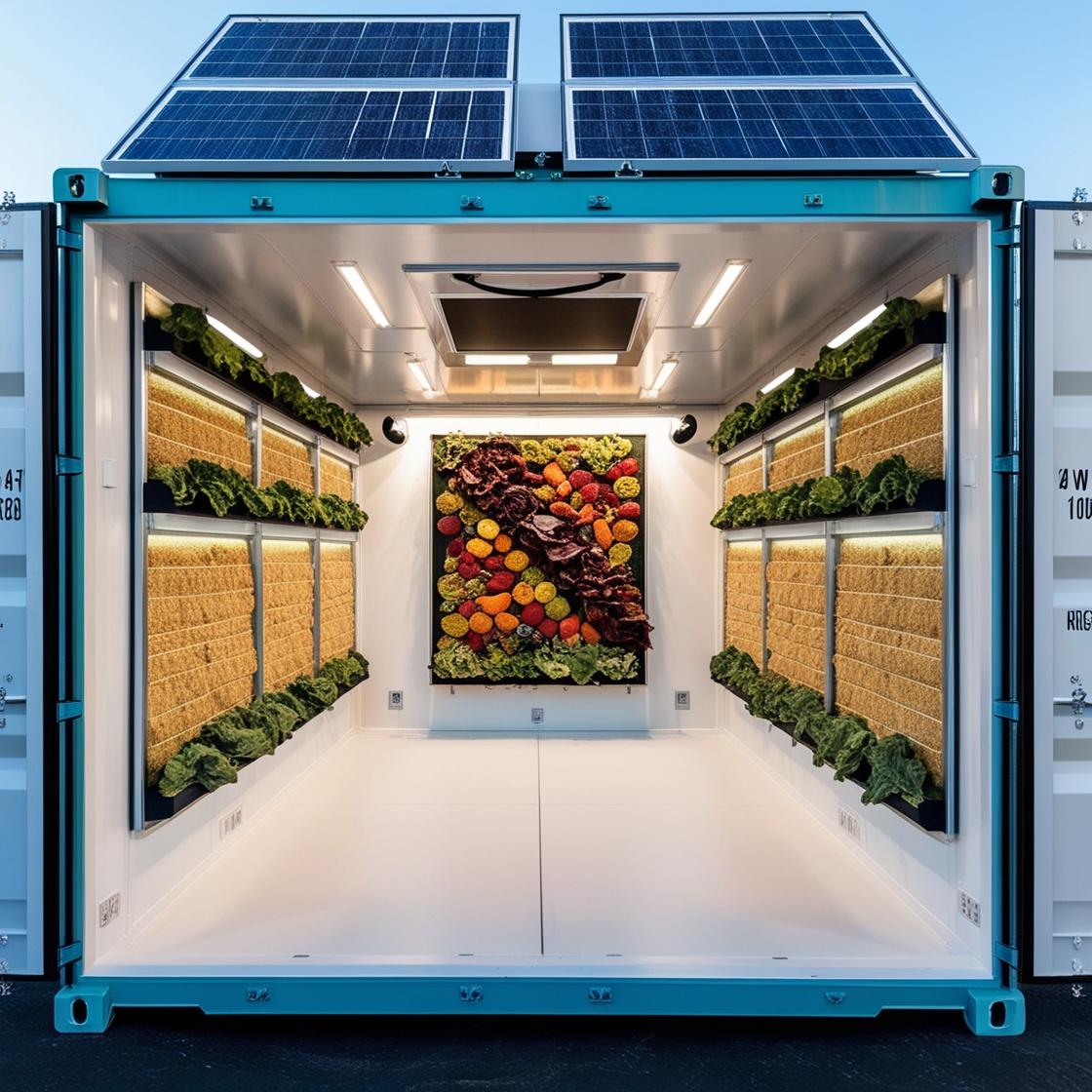Agriculture
The agriculture room within Power From Within Clean Energy Society’s (PFWCES) 4Ever Homes holds transformative potential for both individual families and broader communities. By incorporating innovative techniques such as aquaponics, vertical farming, and edible walls, this space offers a multifaceted approach to sustainable food production.
For individual families, the agriculture room represents a paradigm shift in food security and self-sufficiency. With aquaponics systems, families can cultivate both fish and plants in a symbiotic environment, providing a constant source of protein and fresh produce year-round. Vertical farming utilizes vertical space efficiently, allowing families to grow a variety of crops in a compact area, regardless of outdoor conditions. Edible walls further maximize space utilization, providing additional growing areas for herbs, leafy greens, and other edible plants. This means that families can enjoy a diverse and nutritious diet without relying heavily on external food sources.
Moreover, the agriculture room fosters a deeper connection to food and the natural world. Families can actively participate in the cultivation process, learning valuable skills related to gardening, aquaculture, and sustainable agriculture. This hands-on experience promotes a sense of empowerment and self-reliance, instilling important values of environmental stewardship and resilience.
At the community level, the agriculture room serves as a hub for collective action and shared resources. PFWCES encourages community engagement through collaborative gardening initiatives, workshops, and educational programs. By bringing people together around a common goal of sustainable food production, the agriculture room strengthens social bonds and fosters a sense of belonging. Additionally, surplus produce can be shared or sold within the community, promoting local economic development and food sovereignty.
In summary, the agriculture room within PFWCES 4Ever Homes offers a holistic solution to food insecurity, promoting health, resilience, and community empowerment. Through innovative technologies and community collaboration, this space has the potential to transform lives and cultivate a more sustainable future for all.
Aquaponics
Edible Wall
Vertical Farming
Agriculture room
Design and Features
- Integrated Systems:
-
- Aquaponics: Combines aquaculture (raising fish) with hydroponics (growing plants in water) to create a self-sustaining system. Fish waste provides nutrients for plants, and plants naturally filter the water for fish.
- Vertical Farming: Optimizes space by growing crops in stacked layers, ensuring maximum output in minimal areas.
- Soilless Growing Systems: Uses hydroponics or aeroponics to eliminate the need for traditional soil, reducing pests and soil-borne diseases.
-
- Energy Efficiency:
-
- Powered by clean energy systems, such as solar panels and battery storage.
- LED grow lights with adjustable spectrums for efficient plant growth and minimal energy use.
-
- Automation and Control:
-
- Sensors for monitoring humidity, temperature, light, and nutrient levels.
- Automated watering, feeding, and climate control systems for consistent growing conditions.
-
- Customizable Layouts:
-
- Options for small-scale (personal use) or larger-scale (community food production) setups.
- Modular design for easy scalability based on household or community needs.
-
Options for Customization
- Crop Selection:
-
- Leafy greens (e.g., lettuce, spinach, kale), herbs (e.g., basil, mint), fruits (e.g., strawberries, tomatoes), and root vegetables (e.g., carrots, radishes).
- Custom crop plans based on nutritional needs or market demand.
-
- Fish Varieties in Aquaponics:
-
- Options include tilapia, trout, or ornamental fish (like koi) depending on dietary preferences or aesthetic goals.
-
- Water and Waste Management:
-
- Rainwater harvesting systems can be integrated to supply the agriculture room.
- Composting options for recycling organic household waste into nutrients for plants.
-
- Community-Centric Features:
-
- Shared agriculture rooms in community housing models.
- Educational setups for teaching sustainable agriculture techniques.
-
- Food Security:
-
- Year-round production of fresh, organic, and nutritious food, independent of outdoor climate.
- Reduces reliance on external food supply chains, particularly for rural or Aboriginal communities.
-
- Environmental Impact:
-
- Minimal water usage (up to 90% less than traditional farming).
- No chemical fertilizers or pesticides, reducing environmental contamination.
- Utilizes renewable energy, contributing to a smaller carbon footprint.
-
- Cost Savings:
-
- Lowers grocery bills by providing a continuous source of fresh produce and fish.
- Reduces waste through efficient resource recycling.
-
- Community and Economic Growth:
-
- Can generate income through surplus produce sales or agribusiness training.
- Creates opportunities for local food cooperatives and social enterprises.
-
- Health and Wellbeing:
-
- Encourages healthier eating habits with access to fresh food.
- Reduces stress and promotes mental health through interaction with greenery and sustainable practices.
-
- Scalability and Adaptability:
-
-
- Easily adaptable to urban, rural, or remote settings, meeting diverse community needs.
- Supports emergency preparedness by ensuring food availability during crises.
-
-
The PFWCES agriculture room aligns with the organization’s mission to create sustainable, affordable housing integrated with clean energy and agriculture, fostering holistic solutions for individuals and communities. By combining innovative technology with a community-driven approach, it provides a sustainable blueprint for modern living.
PFWCES
• Empowering families and communities
• Collaborating with & helping those in real need in today's society
• Supporting self-sustainable and healthier life styles with zero-emission products
Follow Us
OFFICE HOURS
- Monday - Thursday (9am - 5pm)
- Friday (9am - 4pm)Statutory holidays excepted

